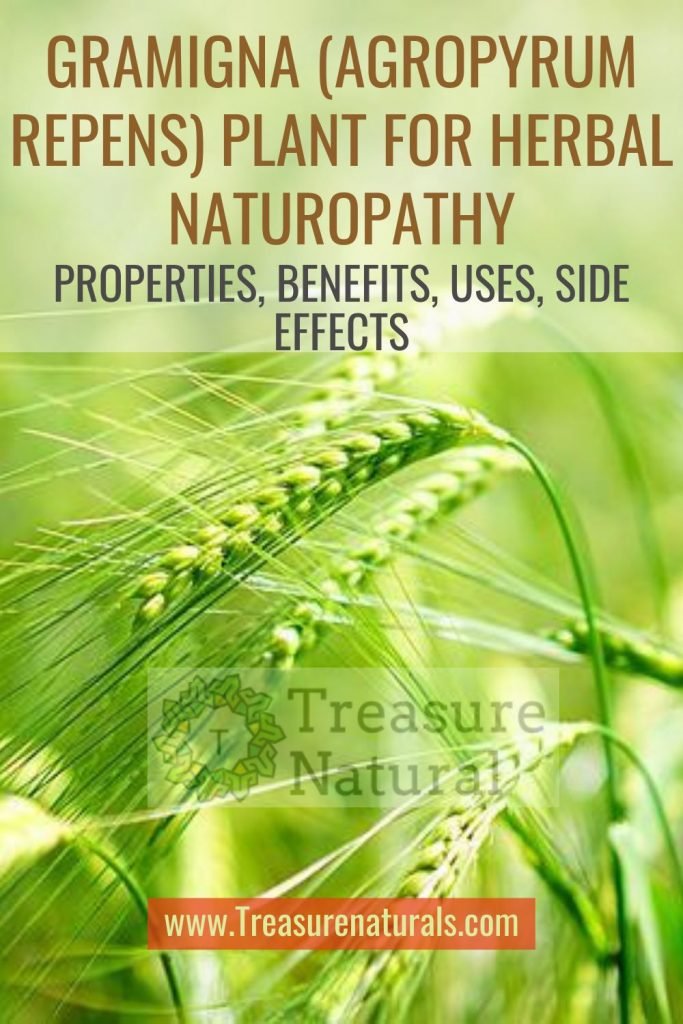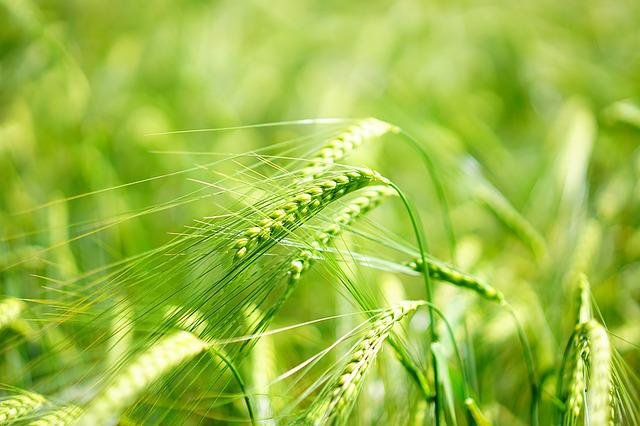
The gramigna is a diuretic and purifying remedy used above all to fight cystitis and water retention. Here’s how to use it.
The gramigna is a plant of the grass family known for its antiseptic and anti-inflammatory action useful for the kidneys, against cystitis and cellulite. Let’s find out better.
What is the weed
The gramigna is a weed that belongs to the Poaceae family also known as Graminaceae.
Grasses are plants spread all over the world and play a very important role for both human and animal nutrition, as they are used for the production of fodder as well as for obtaining cereals, sugar and starch.
The botanical name of the weed is Elytrigia repens, but on the texts it can also be found with the synonym Agropyron repens. In common parlance it is often called weed grass or wild wheat.
In herbal medicine and phytotherapy of the gramigna, the rhizome deprived of the roots is used, for its beneficial properties.
Properties of the grass
The rhizome of the gramigna contains fructans, mucilage, polyols, mineral salts and small quantities of essential oil.
It is mainly used in the form of herbal tea both internally and externally for its properties:
- Diuretic;
- emollients;
- soothing;
- antimicrobials;
- purifying.
With the same indications, the rhizome of Cynodon dactylon, another pest species of the Poaceae family, is also used.
Benefits of weed
The grass has benefits especially in case of inflammation of the urinary tract, for example in the treatment of cystitis and renal colic and to prevent the formation of stones (lithiasis).
The rhizome of the gramigna is also useful for fighting:
- Genital inflammation;
- gastrointestinal
to relieve rheumatism, promote diuresis and reduce pressure.
Thanks to its diuretic properties, the grass is then used to combat cellulite and water retention and to promote weight loss.
Traditionally, the gramigna is also used in purifying treatments, to treat problems affecting the liver and skin and to soothe dry coughs.
Externally, the herb tea can be useful to relieve pain caused by hemorrhoids and to fight inflammation of the skin and mucous membranes.
How to use
The decoction of gramigna is prepared with a teaspoon of dried rhizome in cold water; the water is then brought to a boil and left to boil for about ten minutes. The decoction is used externally on the skin and mucous membranes or internally by consuming several cups a day.
Internally you can also take the infusion of gramigna, to be prepared with about 5 g of dried drug for each cup of water.
The mother tincture of gramigna is administered from one to three times a day by diluting 30-40 drops in a little water.
The gramigna can be used alone or in synergy with other medicinal plants to be associated according to the disorder to be treated.
Contraindications of grass
The grass is a safe remedy, but to be avoided in case of sensitivity to the plant and not to be taken at the same time as diuretic therapies.
The use of grass is also not recommended in case of edema caused by heart and kidney failure.
How to recognize the weed
The gramigna can be recognized by observing the bright green, linear, thin and flat leaves or thanks to the presence of flowers: green spikelets that develop between the months of June and September. The whitish rhizome develops with a creeping habit.
How to get rid of weed
The wild weed is a weed that is difficult to eliminate. Generally, herbicides are used to get rid of the weed, which, although effective, pollute the soil and are potentially dangerous for the environment.
Furthermore, the herbicides are not selective, therefore they do not only eliminate the weeds but every type of weed present in the garden or in the vegetable garden; this represents a further problem, because the soil needs vegetation and biodiversity.
A more sustainable method of eliminating weed is to manually remove it by uprooting the roots. Unfortunately, this is a tiring, time-consuming technique that does not guarantee resolution of the problem.
If the weed grass has appropriated the garden, instead of eliminating it, it can be treated as a lawn, cutting it regularly. In fact, the grass requires little care and, especially where the temperatures are high, allows you to carpet the garden in a dense way with little effort.
There is also a variety of the very fine-leaved plant, the dwarf weed, which is marketed precisely to make rustic lawns, which require little care.
Description of the plant
The gramigna plant has long rhizomes that emit thin, erect and rough stems, up to eighty centimeters high.
The leaves are very narrow and covered with hair on the upper side. The flowers of the gramigna develop during the summer: they are green, collected in spikes and give rise to typical fruits of the family, that is, kernels.
Habitat of the weed
The weed is a very common and widespread weed in Europe, Asia, Africa, North America.
It prefers clayey and humid soils and can be easily found in uncultivated meadows, on the edges of roads and waterways.
Background

In ancient times it was called “wild wheat” (Agropyrum), because it vaguely resembled the ears of wheat.
The properties of the weed were known since ancient times. Dioscorides advised it in urination difficulties, Pliny in urinary stones and as a powerful diuretic.






